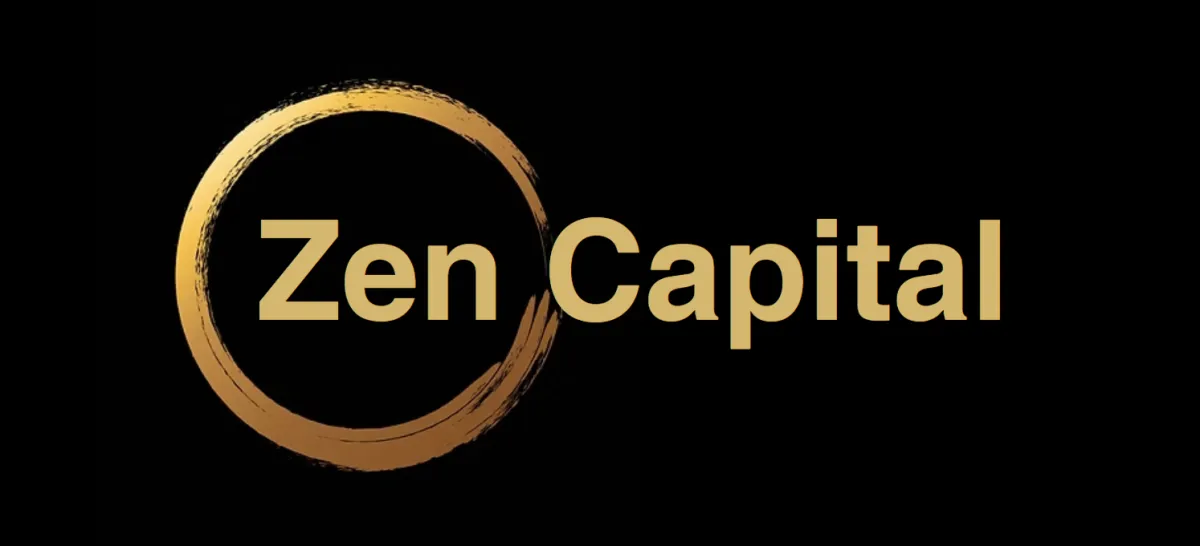
Should you rent a property or buy in Australia?a?
With a 37-year break-even timeline for houses compared to renting in Australia, buying property requires patience. Strategic moves like extra mortgage payments can shorten this by 4 years, while location choices dramatically impact financial outcomes.
Key Takeaways
It takes over 37 years of homeownership to break even on housing costs compared to renting for houses, and 32 years for units in Australia
Northern Territory and Western Australia have the shortest break-even periods (under 30 years), while Victoria has the longest (44 years for houses)
Making extra mortgage payments can significantly reduce your break-even timeline by up to 4 years
After the break-even point, homeowners typically own an asset worth significantly more than what they spent
Zen Capital can help Australians navigate the complex decision between renting and buying with strategic financial planning
The Australian property market presents a challenging landscape for those deciding whether to rent or buy. With rising property prices and increasing mortgage stress, many young Australians are reconsidering their housing options. According to recent analysis, the financial reality of homeownership in Australia means Zen Capital's Blueprint for property investment has become an essential resource for navigating these complex decisions.
The Long Road to Breaking Even: Buy vs. Rent in Australia
The traditional wisdom that buying is always better than renting is being challenged by current market conditions. Research shows that it takes over 37 years of homeownership for houses and 32 years for units to break even on total housing costs compared to renting. This means that young Australians who purchase a home at age 30 may not see financial benefits until their late 60s.
This extended break-even period is the result of several factors: rising property prices, substantial mortgage interest over the life of a loan, and ongoing homeownership costs including maintenance, insurance, and property taxes. For many Australians, particularly younger generations, this reality is causing a significant shift in how they approach housing decisions.
Break-Even Timeframes Across Property Types
1. Houses (37+ Years)
The average Australian house requires over 37 years of ownership before the cumulative costs of buying become less than renting. This lengthy timeframe means that purchasing a house in your 30s won't deliver financial advantages until retirement age. By the time homeowners break even on a house, they will have spent approximately $1.6 million on housing costs, equivalent to paying about $910 in weekly rent over that period.
2. Units (32+ Years)
Units offer a slightly better financial proposition with a break-even point of around 32 years. After this period, unit owners will have spent about $1.1 million on housing costs, comparable to $763 in weekly rent. This shorter timeframe makes units potentially more attractive for those concerned about long-term financial outcomes.
3. Age Impact on Financial Outcomes
For young Australians, the timing implications are significant. Purchasing at age 30 means not realizing financial benefits until well into retirement years. This creates what analysts call a 'mortgage hangover' – a period where homeowners must maintain their property for years after paying off the mortgage before truly coming out ahead financially compared to renters.
Location Matters: State-by-State Comparison
1. Best States for Buyers (NT, WA)
The Northern Territory and Western Australia offer the most favorable conditions for homebuyers. In the NT, the break-even point is just 26 years for houses and 22 years for units – significantly better than the national average. Similarly, WA homeowners can expect to break even after 29 years for houses and 23 years for units.
2. Most Challenging Markets (VIC, NSW)
Victoria presents the greatest challenge for prospective homeowners, with a staggering 44-year break-even period for houses and 34 years for units. NSW follows closely behind with break-even periods of 41 years for houses and 33 years for units.
3. City-Specific Affordability Trends
Metropolitan areas, particularly Sydney and Perth, have experienced the most dramatic increases in housing cost-to-income ratios. This trend is making homeownership increasingly difficult in these urban centers, with mortgage stress affecting a growing percentage of households, especially those headed by people under 50.
Hidden Costs of Home Ownership
1. Mortgage Interest Expenses
The largest component of homeownership costs is typically mortgage interest. Over a 30-year loan, homeowners can end up paying more in interest than the original purchase price of the property. This substantial expense is a key factor in the extended break-even timeframe.
2. Maintenance and Property Taxes
Homeowners face ongoing costs that renters don't need to worry about. Property maintenance, repairs, and council rates add significantly to the total cost of ownership. Even with modest annual growth in these expenses (around 1%), they accumulate substantially over decades of ownership.
3. Insurance and Utilities
Building insurance and sometimes higher utility costs further contribute to the financial burden of homeownership. These recurring expenses, while individually manageable, collectively impact the long-term financial equation when comparing renting versus buying.
Building Wealth Through Property
1. Equity Growth Over Time
Despite the lengthy break-even period, homeownership offers significant advantages in wealth creation. As mortgage principal decreases and property values typically increase over time, homeowners build equity that can be used for other investments or financial needs.
2. Asset Value After Breaking Even
The financial picture improves dramatically after the break-even point. Australian homeowners who reach their break-even point will own an asset worth substantially more than their total housing expenditure. For houses, this asset may be worth 475% more than what they spent over the ownership period, while units average about 164% more.
Strategies to Improve Your Position
1. Accelerating Your Mortgage
Making extra mortgage payments is one of the most effective strategies to reduce your break-even timeframe. Increasing monthly extra payments from $500 to $2,000 can help homeowners break even up to 4 years faster on houses and 3 years faster on units. This approach not only reduces the total interest paid but shortens the path to financial advantage.
2. Property Type Selection
The choice between houses and units significantly impacts your financial timeline. Units consistently offer shorter break-even periods across all states and territories, making them potentially more attractive for those concerned about long-term financial outcomes.
3. Location Considerations
Location remains crucial in the rent-versus-buy equation. Considering regions with shorter break-even periods, such as the Northern Territory or Western Australia, could substantially improve your financial position compared to high-cost markets like Victoria and New South Wales.
Make Your Decision Based on Personal Circumstances
The rent-versus-buy decision ultimately depends on your unique financial situation, lifestyle preferences, and long-term goals. While homeownership eventually becomes financially advantageous, the extended timeframe means that other factors may weigh more heavily in your decision.
Zen Capital specializes in creating personalized property investment strategies that align with your unique financial circumstances and long-term wealth goals.
